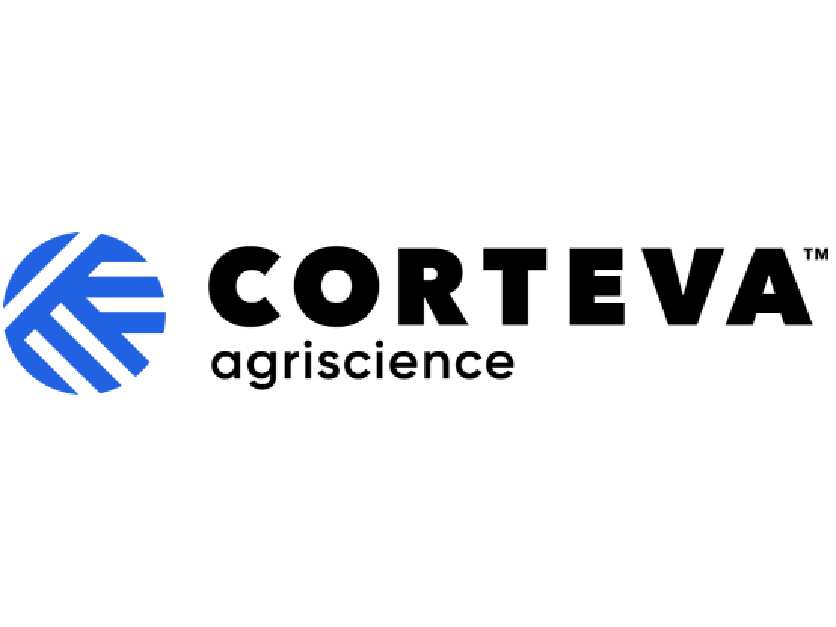Key Takeaways
- Corteva Inc. plans to separate its crop protection and seed businesses into two independent companies by 2026, highlighting challenges in the U.S. agriculture sector.
- This split raises concerns about the future of agricultural innovation and the ability to finance research and development for new products.
- Market dynamics are shifting, prompting questions about the viability of standalone operations for chemical and seed businesses.
Corteva Inc., a major player in agribusiness, is set to separate its long-standing seed business from its crop protection products, creating two independently traded entities by 2026. This move coincides with heightened scrutiny from the U.S. Department of Agriculture and the Department of Justice regarding rising farm input prices, although the company asserts that the split is not directly related to this investigation.
In recent years, agriculture companies like Corteva have struggled to balance the sales models of pesticides and seeds. As corn growers face declining incomes for a third consecutive year, concerns mount over a potential crisis in the farm economy, reminiscent of the 1980s. Adding to the uncertainty, U.S. soybean exports to China have dwindled since May, and the looming threat of a government shutdown complicates prospects for federal assistance.
Traditionally, agribusiness firms have benefitted from offering both chemical and seed products, promoting integrated crop solutions. However, Jason Miner from Bloomberg Intelligence warns that Corteva’s separation could complicate the development of these necessary synergies. Corteva CEO Chuck Magro has emphasized the need for increased collaboration and partnerships in this rapidly changing landscape. He believes that the separation could lead to new opportunities despite concerns over potential fragmentation in the market.
Analyst Kristen Owen of Oppenheimer expressed mixed feelings regarding the split, questioning the value proposition of a standalone seed business and the implications for the crop protection side. Notably, the differing focus areas for these two segments—where crop protection often seeks growth through mergers and acquisitions—may not align well under a single roof. Owen likens this situation to a razor-and-blades model; separating these products could hinder competitiveness against rivals who continue to offer integrated solutions.
Furthermore, the financial health of Corteva’s seed business plays a crucial role in sustaining investments in agricultural chemicals and biological research. Without the seed operation’s revenue to fund research and development, the incentive for innovation may diminish, potentially leading to fewer new breakthroughs.
Industry voices, like Todd Martin of the Independent Professional Seed Association, highlight the historical emphasis on synergy between seeds and crop protection chemicals, especially in the realm of biotechnology. The intrinsic differences in sales strategies—where seed purchasing often involves deep emotional investment compared to the more negotiable nature of crop protection—also complicate the market landscape.
Corteva’s restructuring arrives during a challenging time for its competitors, notably Bayer, which continues to face substantial liability issues stemming from its acquisition of Monsanto. Bayer’s ongoing legal struggles over glyphosate production put additional pressure on the agricultural sector as companies navigate complex regulatory environments.
Despite these challenges, Corteva’s stock has seen a 14% decline since mid-September. While uncertainties persist around legacy liabilities and emerging risks, expert opinions suggest that many concerns are largely speculative and not based on confirmed issues.
As the agricultural landscape evolves, stakeholders in the sector are left to ponder the implications of these changes on innovation, market dynamics, and the future of farming practices in the United States.
The content above is a summary. For more details, see the source article.















